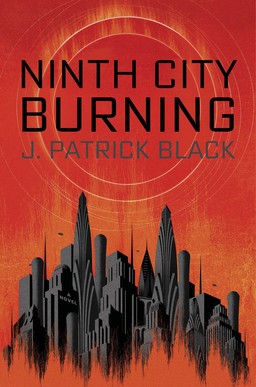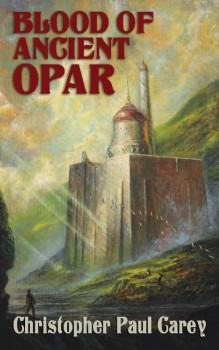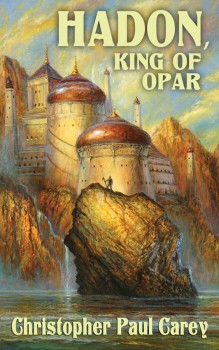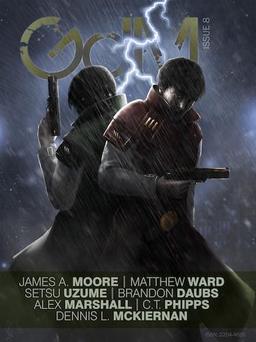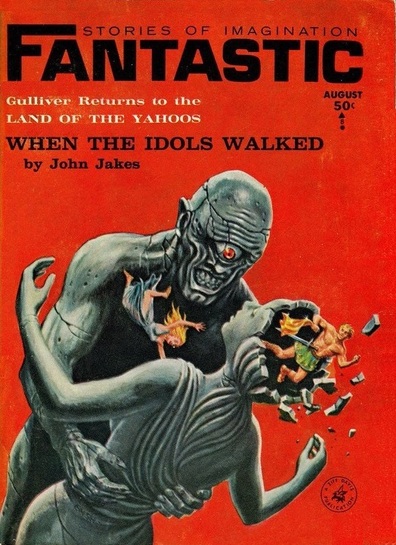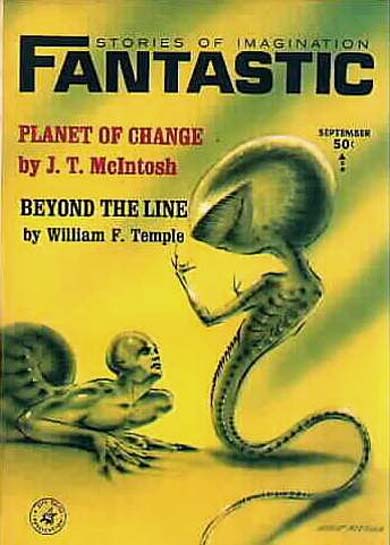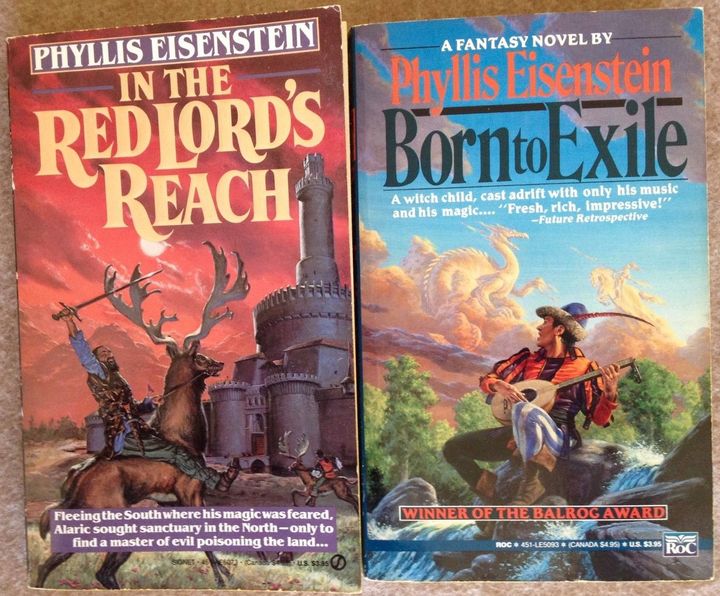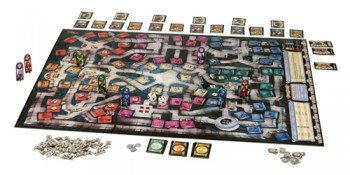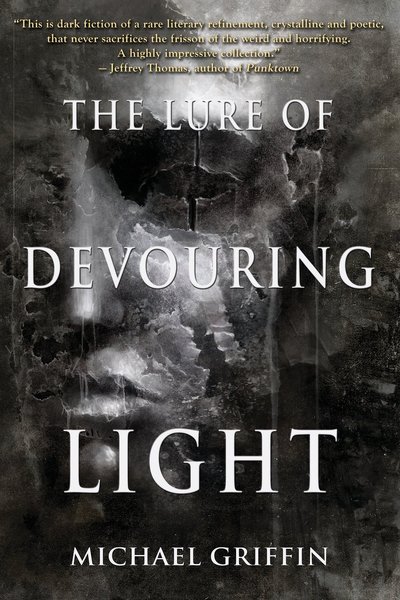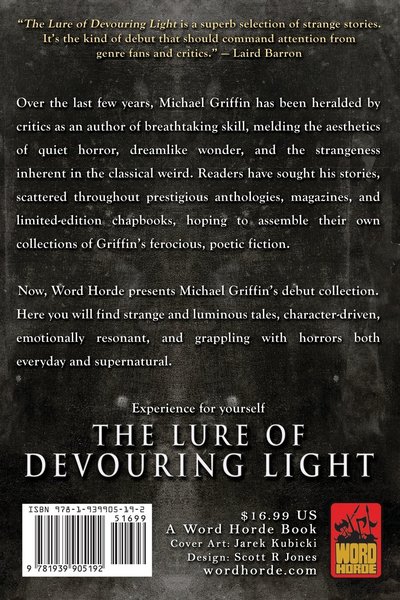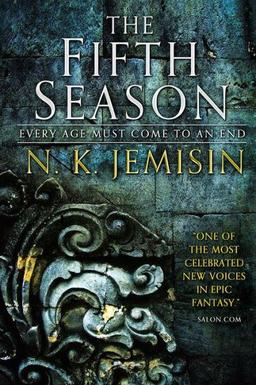Steve Russell of Rite Publishing – RIP
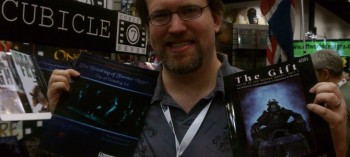 Steve Russell was the CEO and man behind Rite Publishing, a third party RPG publisher that was quite active with Pathfinder, including the very cool magazine, Adventure Quarterly. Pathways, Rite’s free e-zine, is one of the best Pathfinder periodicals you’ll find.
Steve Russell was the CEO and man behind Rite Publishing, a third party RPG publisher that was quite active with Pathfinder, including the very cool magazine, Adventure Quarterly. Pathways, Rite’s free e-zine, is one of the best Pathfinder periodicals you’ll find.
Steve and his pregnant wife, Miranda, had just moved back to his hometown of Dayton, OH, in late June. They were embarking on a new phase in their life when, sadly, Steve was killed in an auto accident.
I backed his Adventure Quarterly kickstarter. We exchanged a few emails about it, but I don’t claim to know him. But he was friendly to me and he was very earnest about Rite’s deliverables.
You can read Steve’s obituary here (with almost two dozen comments from friends and fans) and also tributes from Matt McElroy and Boric Glanduum.
We here at Black Gate send our prayers and condolences to Steve’s family.
